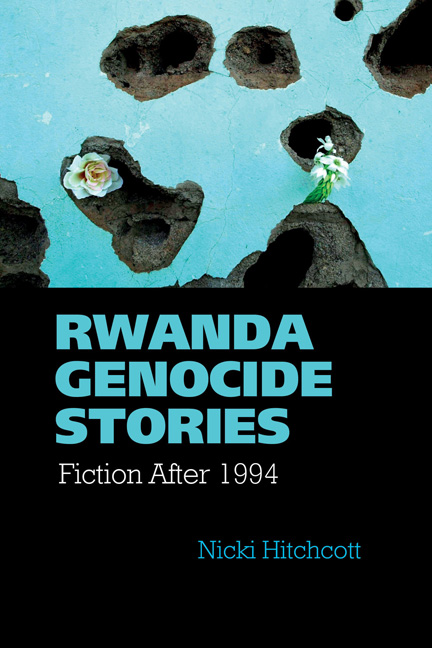4 - Survivors
Summary
In Moisson de crânes, Waberi records a meeting with Marie–Immaculée, an old woman who lost all ten members of her family in the genocide and nearly died herself. Marie–Immaculée keeps as a pet an overweight dog that fed on corpses during the genocide, possibly even those of her family. The dog, ironically named Minuar after the UN forces that failed to save the people of Rwanda, functions as a powerful symbol of survivor identity after the genocide. Those who survived are often treated with resentment and mistrust because, as Marie–Immaculée explains, ‘A nous les rescapés, on nous reproche d'avoir survécu’ [We survivors are blamed for having survived] (55). Similarly, in Au sortir de l'enfer, when returnee RPF lieutenant Sam Namagunga discovers that journalist Jean–Léonard was in Rwanda during the genocide, he immediately labels him ‘un rescapé!’ [a survivor!], but follows this by asking him what he must have done in order to survive (Rurangwa, 2006: 121). This same question follows Jean–Léonard around as he travels to Belgium and Mauritius; other people wonder how and why he alone was able to survive when all his family was killed. As these fictional examples remind us, the killings in Rwanda were so widespread and so successful that non–survivors sometimes find it difficult to comprehend how anyone survived at all. Some assume that, like Marie–Immaculée's overweight dog, those who were not killed must have done something terrible to escape the massacres. Survivors are often suspected of having themselves participated in killing or of having negotiated their freedom, perhaps in exchange for sexual acts. Also, like the dog, survivors serve as a constant reminder of the horrors that many would like to forget. As Dauge–Roth notes, ‘survivors embody a disturbing memory, which revives a chapter of Rwanda's history that most people would like to see closed, while its aftermath still constitutes an open wound for those who have survived’ (2010: 8). Although many Rwandans would like to move on from the genocide, the survivors can never forget what happened in 1994 (Burnet, 86–92). Like Kayimahe's survivor, Annamaria, and traumatized rescuer, Bigabiro, many Rwandan people are haunted by ‘visions infernales’ [hellish visions] (Kayimahe, 2014: 381) every day of their lives.
- Type
- Chapter
- Information
- Rwanda Genocide StoriesFiction After 1994, pp. 109 - 133Publisher: Liverpool University PressPrint publication year: 2015

